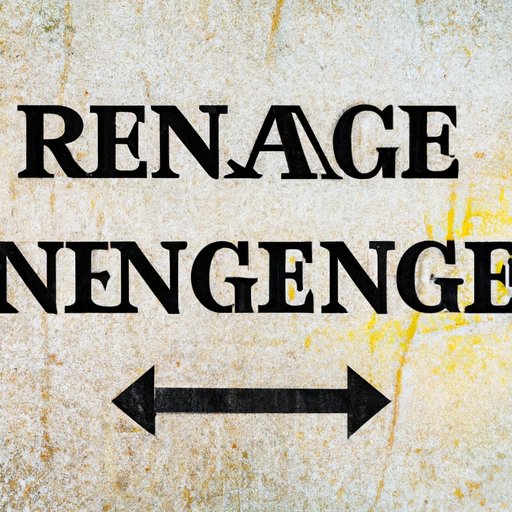
Introduction
Refinancing your home can be a smart financial move that has the potential to save you thousands of dollars over the life of your mortgage. However, it’s essential to understand the process and limitations of refinancing before deciding if it’s right for you. In this article, we’ll explore how often you can refinance your home, different refinancing strategies, and how to balance affordability and equity.
Reasons to Refinance Your Home
Refinancing your home can have several benefits, including lowering your monthly mortgage payment, changing the terms of your mortgage, or borrowing against your home equity. For example, if the current interest rates are lower than when you initially got your mortgage, refinancing could help you save money on interest over the life of your loan. Refinancing can also be a helpful financial tool if you want to shorten your loan term or switch from an adjustable-rate mortgage to a fixed-rate mortgage.
How Often Can You Refinance Your Home
The frequency at which you can refinance your home varies based on several factors, such as the terms of your current mortgage, credit score requirements, and refinancing fees. Generally, homeowners can refinance their homes as often as they like, but it’s essential to work with a trustworthy mortgage lender to avoid unnecessary refinancing. Repeatedly refinancing your mortgage can result in higher fees and less equity in your home over time.
Refinancing Strategies
There are different refinancing strategies that homeowners may use to achieve their financial goals. Some homeowners may use a rate-and-term refinance to lower their monthly payment or shorten their loan term. Others may opt for a cash-out refinance to borrow against their home’s equity to pay off other debts or finance home improvements. It’s important to weigh the pros and cons of each approach and determine what strategy might work best for your unique financial situation.
Balancing Affordability and Equity
While a lower monthly payment can make homeownership more affordable, it’s important to balance this with long-term equity goals. Homeowners should view refinancing as a long-term financial decision and not as a quick fix for their monthly budget. One strategy is to refinance initially to lower monthly payments and then, after a few years, shorten the loan term to build home equity gradually. Balancing affordability and equity is key to staying financially stable while still achieving your financial goals.
Alternatives to Refinancing
Refinancing may not be the best option for every homeowner, so it’s essential to consider other alternatives. A home equity loan or HELOC can help homeowners borrow against their home equity without refinancing their existing mortgage. Loan modifications can help homeowners who have trouble making their monthly payments due to financial hardship. Exploring other options in addition to refinancing can help homeowners make the best financial decision for them.
The Future of Refinancing
As the mortgage industry continues to evolve, refinancing products and technologies will likely change. For example, new mortgage products that allow for more flexibility, such as mortgage refinancing without the need for an appraisal, may become more popular. However, homeowners should approach new refinancing options with caution and work with reputable lenders to avoid scams or other pitfalls.
Conclusion
Refinancing your home can be a smart financial decision under the right circumstances. Understanding how often you can refinance, different refinancing strategies, and how to balance affordability and equity can help homeowners make informed decisions. Remember to explore other alternatives to refinancing and keep an eye on future refinancing trends to make the best decision for your unique financial needs.





